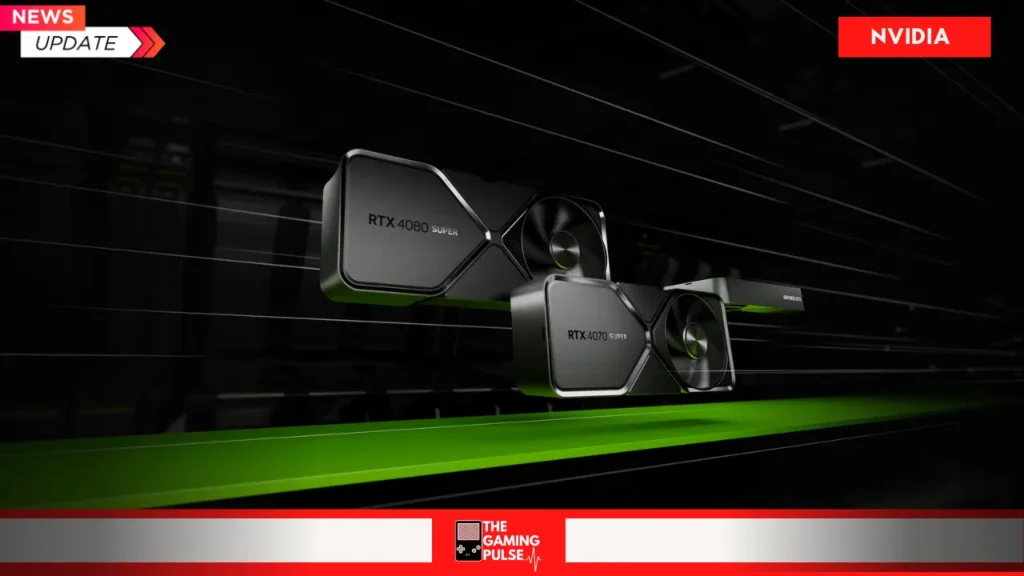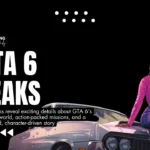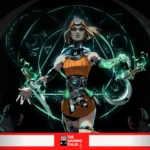In the digital age, safeguarding personal and organizational data against cyber attacks is paramount. Recent insights from cybersecurity experts highlight two critical aspects: the significance of password length and the capability of cutting-edge GPUs like the Nvidia RTX 4090 in password cracking. Lets delve into the influence of these factors on digital security and the evolving landscape of cybersecurity threats.
The Power of Password Length
The advice couldn’t be simpler: double your password length from 8 to 16 characters to significantly beef up your digital defenses. Traditional eight-character passwords crumble under the pressure of brute force attacks, with Hive Systems reporting they can be decoded in under 37 seconds. The extension to 16 characters, however, propels the cracking time to over a century, starkly outlining the power of additional characters in staving off cyber threats.
Nvidia RTX 4090: A Hacker’s New Best Friend?
It appears there’s no limit to what the Nvidia RTX 4090 can achieve, not just in gaming or AI operations, but also in breaching digital security measures. Recent tests have shown that this GPU can shatter basic security barriers in mere seconds. For instance, a simple numeric eight-character password is virtually defenseless against this technology, being cracked instantly.
GPU Performance in Password Cracking
GPU Model | Speed of Cracking Simple Passwords | Speed of Cracking Complex Passwords |
Nvidia RTX 4090 | Instant | 59 minutes |
Nvidia A100 | <1 second | 99 years |
Nvidia RTX 3080 | 2 seconds | 5 years |
The Impact of Hashing Techniques
Hashing techniques play a pivotal role in password security. While MD5 hashing is quicker and hence, more vulnerable, bcrypt offers a robust alternative. Bcrypt, designed to be slow at processing, can extend the cracking time drastically, ranging from minutes to decades depending on password complexity. This variability underscores the importance of both choosing strong passwords and selecting secure methods for their protection.
Comparison of Hashing Algorithms
Hashing Algorithm | Speed of Processing | Cracking Difficulty |
MD5 | Fast | Easy |
bcrypt | Slow | Hard |
SHA-256 | Moderate | Moderate |
Nvidia’s GPU Lineup and Its Implications
While the RTX 4090 demonstrates alarming capabilities in decryption, it’s still outperformed by Nvidia’s A100 GPUs, designed for even more intensive tasks. Yet, the practicality of owning such high-end equipment for illicit purposes remains questionable due to their hefty price tags.
Diversifying Security Protocols
To counteract the prowess of high-performance GPUs, diversifying security protocols is essential. Employing multi-factor authentication (MFA), using secure hashing algorithms, and implementing stringent security policies are critical steps. These layers of security ensure that even if a password is compromised, unauthorized access is still blocked.
Top 5 Cybersecurity Practices for 2024
- Use Complex Passwords: Embrace a mix of letters, numbers, and symbols.
- Enable Multi-Factor Authentication: Add an extra layer of security beyond just the password.
- Regular Software Updates: Keep all software up-to-date to protect against vulnerabilities.
- Educate Your Team: Regular training on the latest security threats and best practices.
- Backup Your Data: Regularly back up data to secure locations to prevent loss in case of cyber attacks.
Education and Awareness
Awareness about cybersecurity needs to be a priority. Educating users on the risks associated with weak passwords and the benefits of security enhancements can drive more widespread adoption of effective practices. This not only fortifies individual security but also enhances the overall security posture of networks and systems.
Looking to the Future: AI and Cybersecurity
The intersection of AI and cybersecurity presents a new frontier. AI can be used to predict and counteract hacking attempts before they happen. However, as AI technologies become more accessible, they also pose potential risks if leveraged by cybercriminals. Preparing for these eventualities is crucial.
The dynamic between advancing GPU technology and cybersecurity is a compelling reminder of the ongoing arms race in digital security. As hardware capabilities expand, so too must our strategies for protection. By embracing longer passwords, enhanced security protocols, and the proactive use of AI, we can stay one step ahead in the cybersecurity game.
FREQUENTLY ASKED QUESTIONS (FAQS)
How effective is doubling your password length from 8 to 16 characters?
Doubling your password length can exponentially increase the difficulty for hackers to brute force your password, potentially extending the cracking time from seconds to over a century.
What are the risks of using GPUs like the Nvidia RTX 4090 in cybersecurity?
High-performance GPUs can dramatically reduce the time required to crack passwords, especially those that are less complex, making it crucial to use strong, varied passwords and additional security measures.
Why is bcrypt preferred over MD5 for hashing passwords?
Bcrypt is designed to be slow, which significantly delays the time it takes to crack a password compared to MD5, thereby enhancing security against brute-force attacks.
How can AI influence cybersecurity in the future?
AI has the potential to both enhance and compromise cybersecurity. It can predict and neutralize threats preemptively but also could be used maliciously to develop more sophisticated hacking methods.
YOU MAY ALSO LIKE :
- FINAL FANTASY XIV DDOS ATTACK IMPACT: SQUARE ENIX BATTLES CYBER THREATS
- HOMELANDER MORTAL KOMBAT DEBUT ALIGNS WITH NEW THE BOYS SEASON
- XBOX SUMMER SHOWCASE 2024: MUST-SEE GAMING HIGHLIGHTS
- INSIGHT INTO REMEDY ENTERTAINMENT’S STRATEGIC BUSINESS TRANSFORMATIONS
- STELLAR BLADE PS5: DISCOVER THE CONTROVERSY AND CHARISMA

I’m a lifelong gamer and industry enthusiast. I’ve closely witnessed the remarkable progress made by the gaming world. Today, I’m thrilled about the industry’s future and the limitless possibilities it holds. Join me as we delve into gaming’s rich history, the exciting present, and the boundless potential of tomorrow







